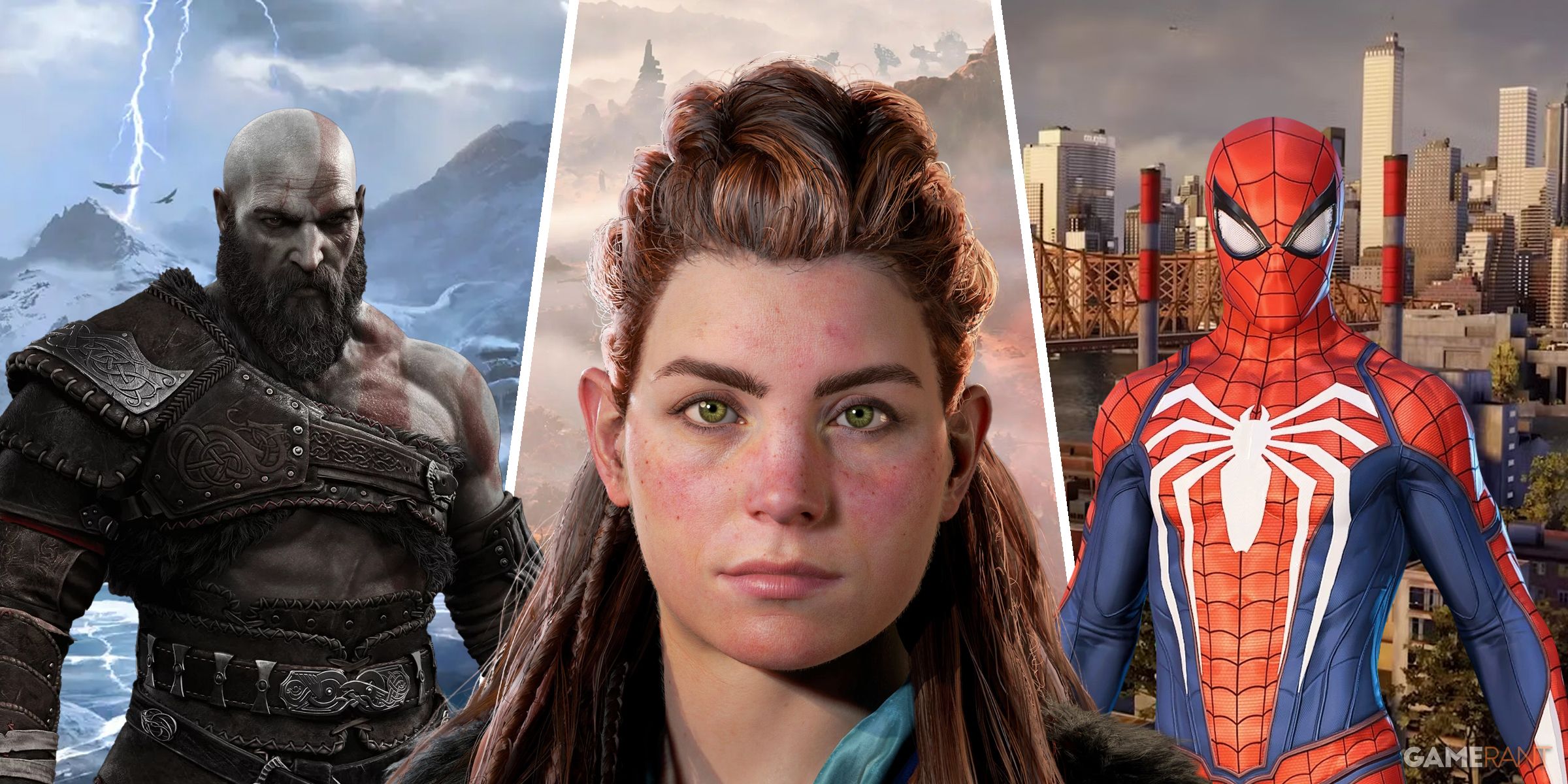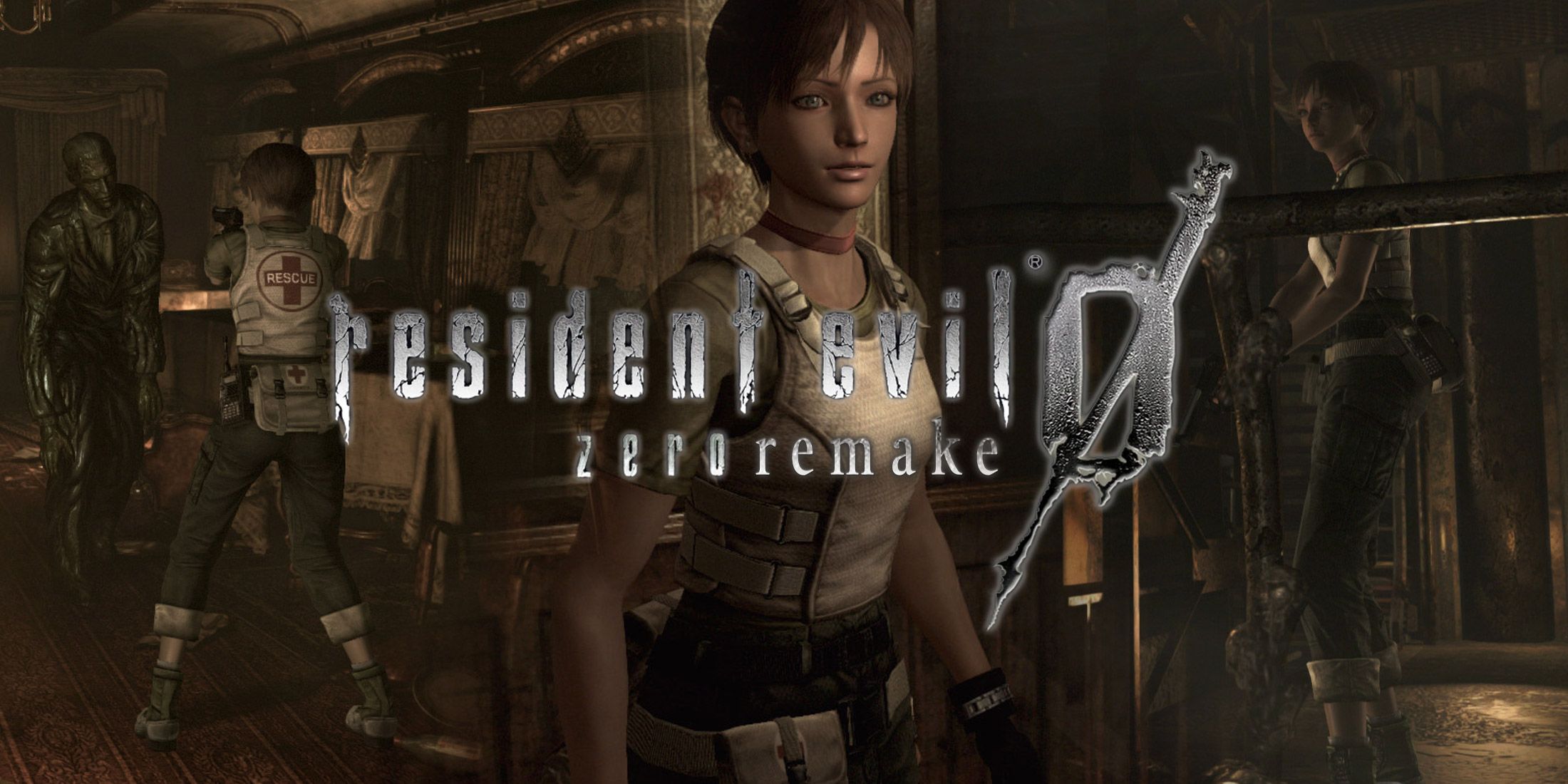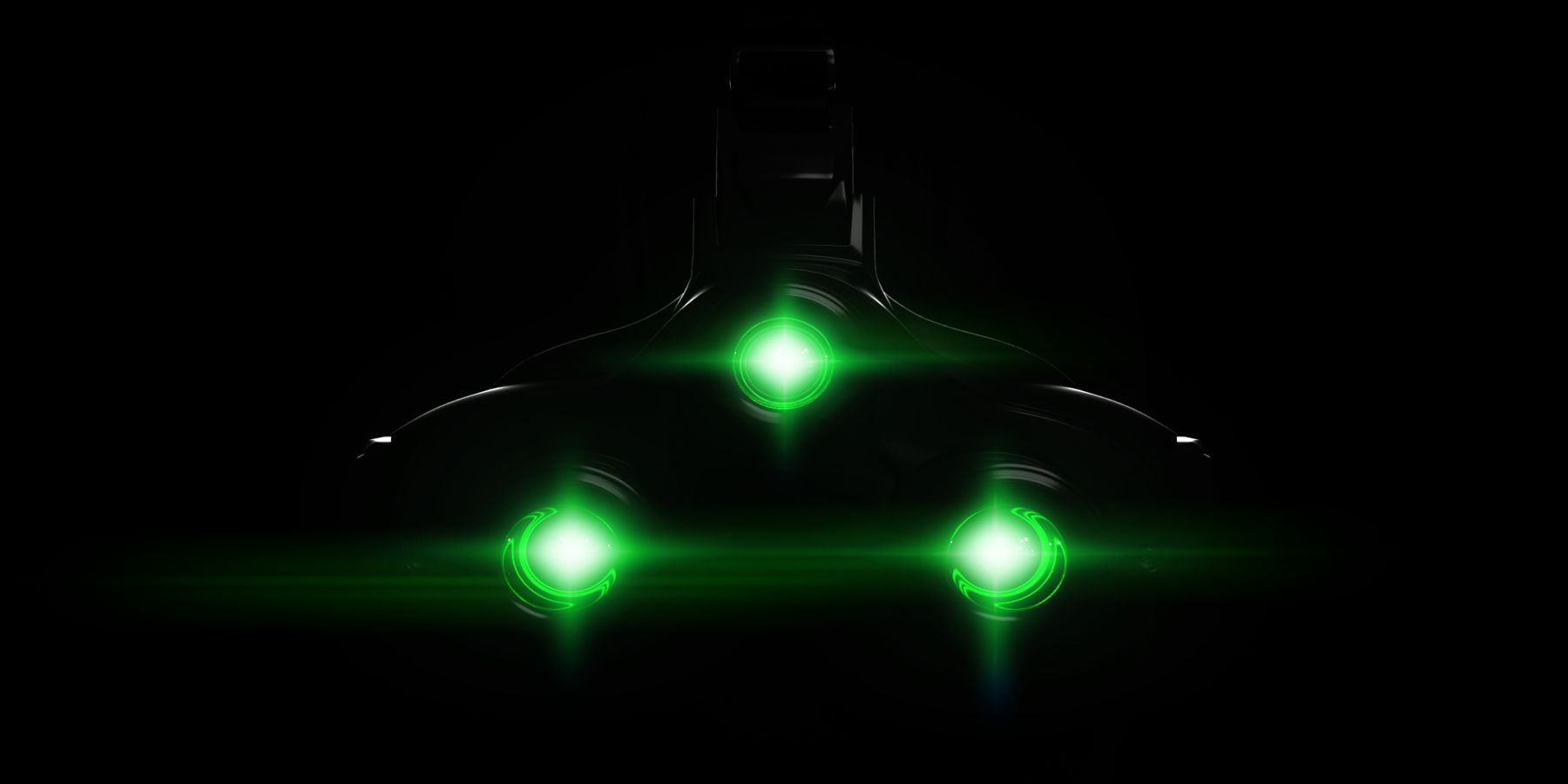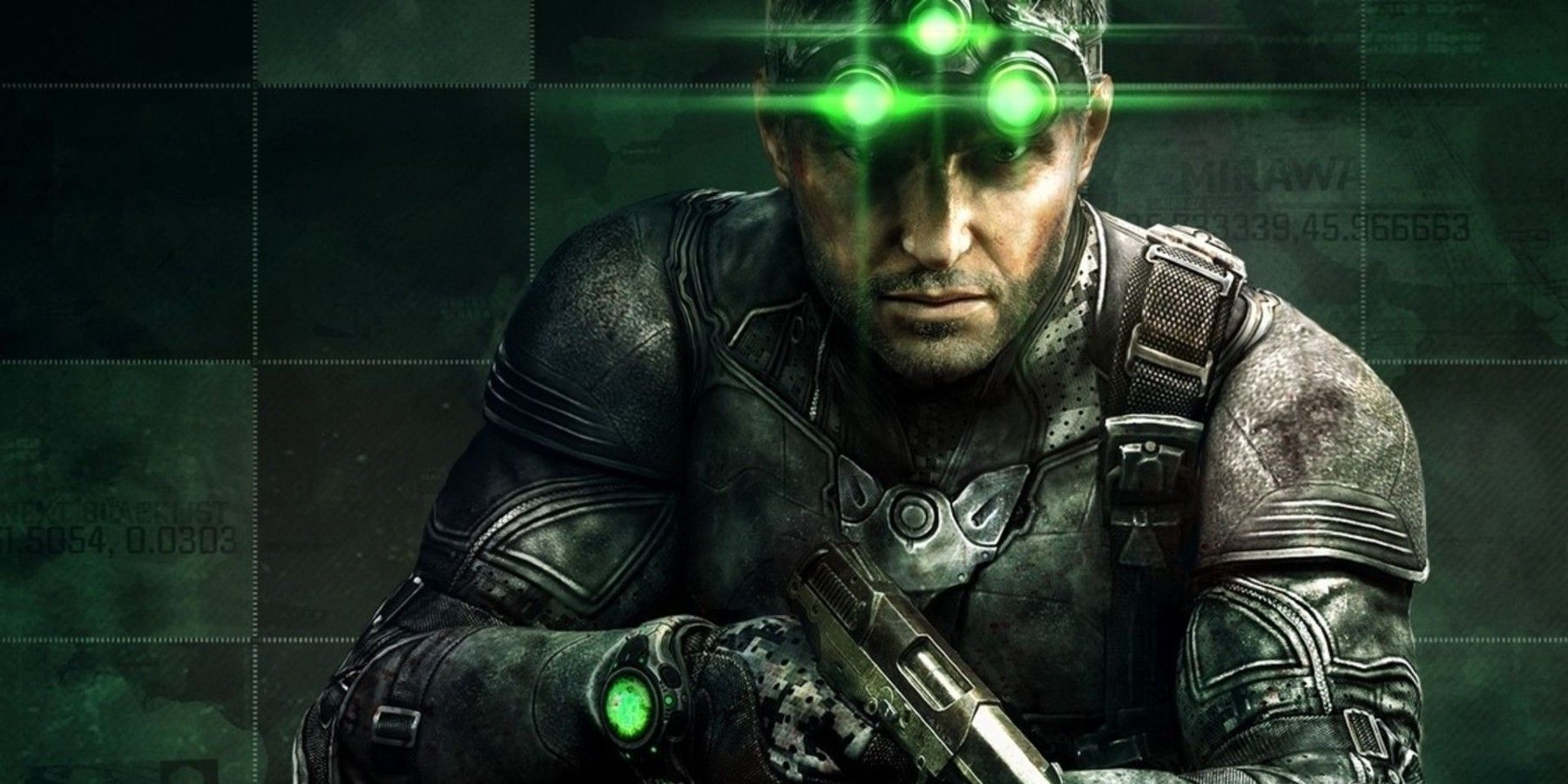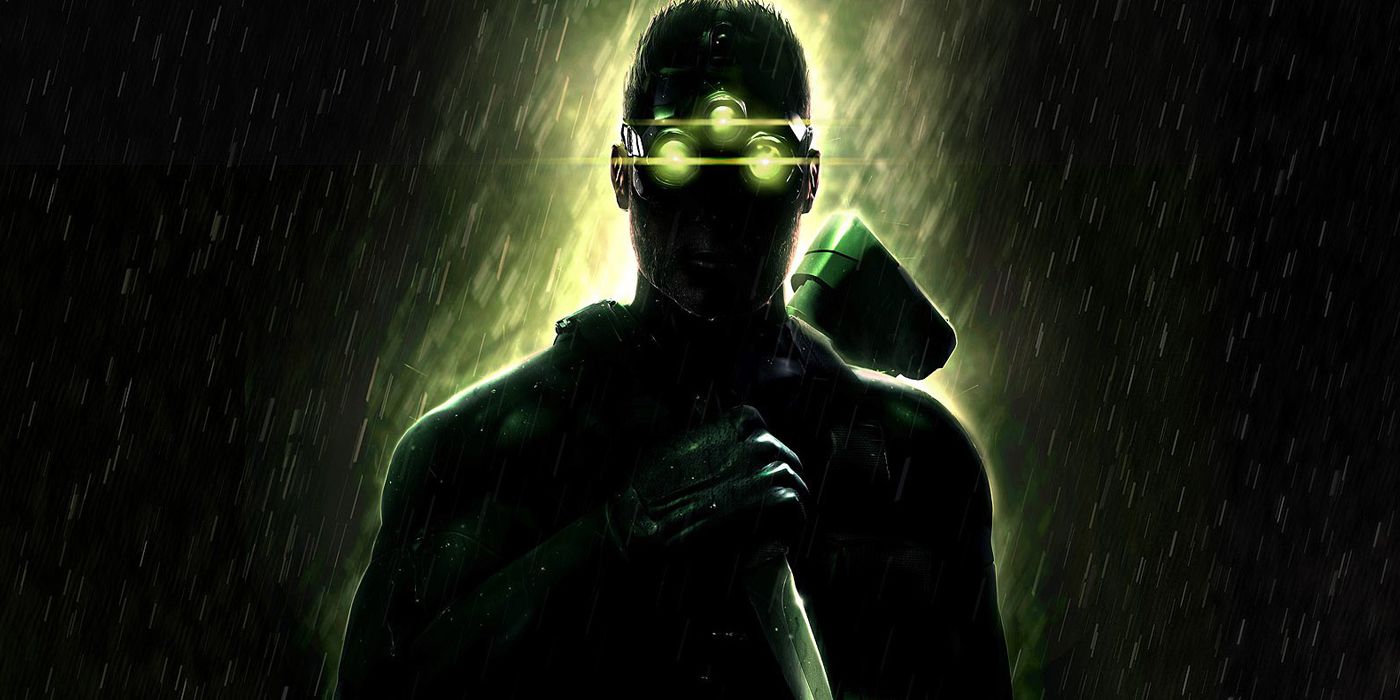Ubisoft has officially announced the return of Sam Fisher in a Splinter Cell remake, and while many fans are excited for a revamp of the franchise, there are still many concerns about the game’s development. On the other hand, if Ubisoft Toronto manages to address fan concerns, a Splinter Cell remake could make for a strong title in the stealth gaming community.
The first Splinter Cell was released in 2002 and had a strong emphasis on stealth gameplay. However, later sequels strayed from the core stealth game design, like in Splinter Cell: Double Agent and Splinter Cell: Conviction, allowing players to focus more on combat than stealth to achieve in-game objectives. While this design philosophy broadened appeal to a wider audience, some think it was taking a step away from what made Splinter Cell appealing in the first place. In a Twitter post advertising for new positions, Ubisoft Toronto claims it will be remaking Splinter Cell from the ground up, but the studio is currently facing its own controversy. Ubisoft Toronto has seen a large turnover of employees over the past few years, and employees have listed sexual harassment and a toxic work environment among their complaints.
Ubisoft Toronto Controversy Still Lingers
Ubisoft has been in the headlines for years regarding employee abuse, and In 2020, Ubisoft conducted an internal survey that revealed nearly 25 percent of employees personally witnessed or were the victim of misconduct. So far, several employees at Ubisoft Toronto have been removed or left as a result of the controversy. According to the report, many employees experienced harassment and sexism, and felt that systemic changes taking place weren’t enough to fix the toxic work environment at the Toronto studio. Problems like this can negatively impact game development, and could make marketing and creative problem-solving difficult for the team working on Splinter Cell and other titles.
Balancing Traditional and Innovative Gameplay
The Splinter Cell franchise often had to compete with the Metal Gear Solid series for the spotlight in the stealth gaming community. In order to stand out, the first Splinter Cell made gameplay innovations in which lighting and sound affected stealth. Other elements such as the acrobatic maneuverability of franchise protagonist Sam Fisher and the use of different gadgets focused gameplay acutely on avoiding detection.
In contrast, later games like Splinter Cell: Conviction tried to appeal to a wider audience by moving away from stealth-based progression design and involved more combat-oriented gameplay. Though the newer combat designs were appealing to some gamers who were new to the franchise, other long-time fans felt that Conviction had lost touch with its roots. Many aspects of the older Splinter Cell games are sorely missed, like Fisher's iconic split-jump that hasn't been seen since Splinter Cell: Chaos Theory, so a return of these features and core ideas would appease a lot of hardcore fans.
Ubisoft Toronto will have to carefully balance its design choices, like how to recapture the stealth-focused appeal of the first title while also keeping some appeal of the aggressive combat seen in later games. For example, weapons in the first Splinter Cell weren’t that accurate, and enemies were fairly difficult compared to some later titles, thus a lot of emphasis was placed on stealth and close-quarter enemy take-downs. Whereas in Splinter Cell: Conviction, Sam Fisher had smoother, faster motion animation and could take down multiple enemies at once thanks to the execution function; as a result, the gameplay could more easily accommodate for an aggressive play style.
Fortunately, blueprints of well-balanced games already exist for gamers who like to have the option of both stealth and combat. The most recent game in the franchise, Splinter Cell: Blacklist converged design philosophies in past titles to allow for the most player choice. The environment design, character animation and enemy AI was created to encourage a stealthy approach, but the option to attack the enemy head-on was still a valid option. This balance of design ideas could make for a memorable Splinter Cell remake, and might be able to appease both new and long-standing fans.
A Splinter Cell remake is in development.

